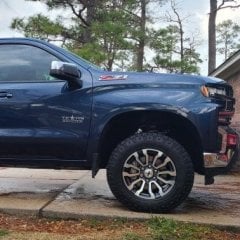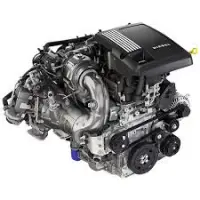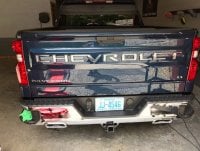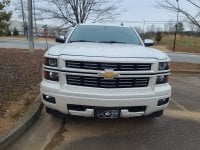first drive 2020 Silverado HD - What’s Towing Got To Do With Heavy Duty Trucks? Everything!
-
Similar Content
-
- 3 replies
- 399 views
-
Nothing but PROBLEMS with the 2024 GMC Denali Ultimate 2500
By ShibaPauly,
- GMC
- Denali Ultimate
- (and 8 more)
- 14 replies
- 1,564 views
-
6L90 TCC failure at 50,000 miles. First one failed at 25,000.
By s10dragracer888,
- torque converter
- 6l90
- (and 8 more)
- 0 replies
- 539 views
-
- 3 replies
- 329 views
-
- 4 replies
- 524 views
-
-
Recently Browsing 0 members
- No registered users viewing this page.
-
Forum Statistics
246k
Total Topics2.6m
Total Posts -
Member Statistics
-
Who's Online 8 Members, 1 Anonymous, 1,192 Guests (See full list)

















Recommended Posts
Join the conversation
You can post now and register later. If you have an account, sign in now to post with your account.